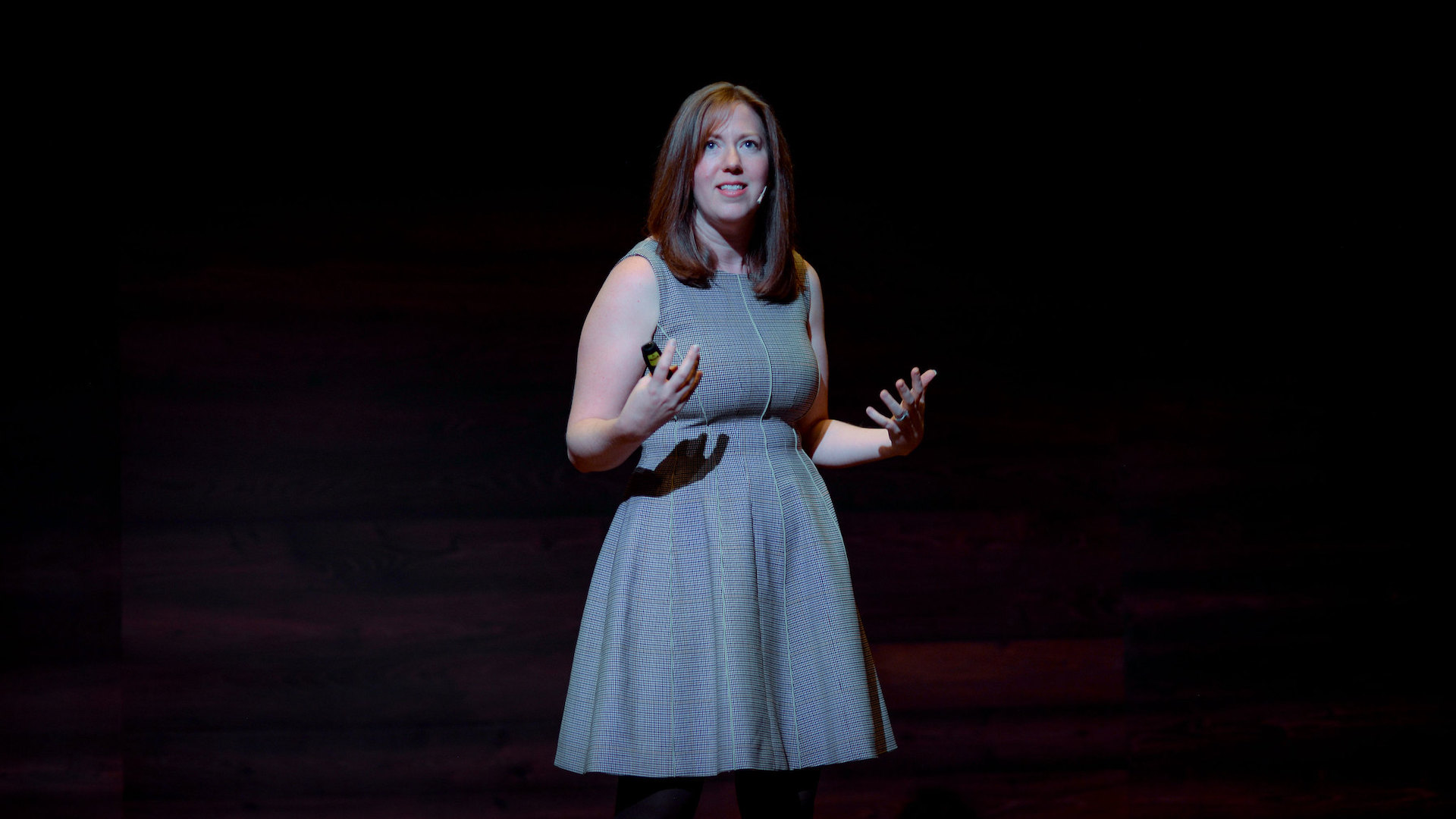When most everyone began working and learning remotely early in the pandemic, technology like Zoom began to show its vulnerability. In a matter of months, Zoom went from 10 million daily users to 200 million daily users, revealing privacy and security issues on a platform that wasn’t built to handle such a surge.
But then the tech company showed another vulnerability: Zoom CEO Eric Yuan wrote a blog post on the company’s site apologizing to its users and promising to do better. Within a week, Zoom addressed some of its most pressing privacy and security issues and its reputation was spared.
Zoom’s willingness to be transparent and vulnerable was a key part of building and keeping trust with its audience.
“We shouldn’t mistake vulnerability for weakness because the smartest brands actually grow stronger by owning their mistakes, owning who they are, and embracing vulnerability,” content strategist and consultant Margot Bloomstein said during a recent uxWaterloo virtual meetup where she talked about fostering trust in your brand and beyond. Bloomstein has written two books on content strategy and branding. Her third book, Trustworthy, comes out in March.
During the uxWaterloo meetup, Bloomstein talked about how designers already have the tools to build trust by empowering their audiences to make confident decisions.
Everywhere people and industries are facing a crisis in trust. People are cynical and that creeping cynicism is probably undermining UX and marketing work, said Bloomstein. But it presents opportunities as well. To regain your audience’s trust, empower them, said Bloomstein.
How do you empower your audience? Voice, volume, and vulnerability, said Bloomstein. Voice helps your audience distinguish you from the competition, but also humanizes your brand and tells your audience if they can trust you. Your voice is familiar and consistent, she said. Volume is how much you communicate both in length and detail. You want to offer enough detail so that the customer is confident they’re making the right decision.
While voice and volume are table stakes for building trust with your audience, vulnerability is the key that unites both to help organizations foster trust, said Bloomstein.
“Vulnerability, like voice, is an act that tells people who you are so they can make better decisions about doing business with you,” said Bloomstein.
One way to be vulnerable is to be transparent about your mistakes and show your audience that you’re learning too. Maybe that means prototyping in public, like Buzzfeed News did with its newsletter.
Combined, voice, volume, and vulnerability create authority, Bloomstein said.
Think about foreign correspondents who report from war zones, said Bloomstein. We trust their reporting because they have access to areas we don’t because it’s too dangerous. But you don’t have to be CNN’s Anderson Cooper to do that for your organization, she added. Marketers, UX writers, and UX designers can also go where their audience cannot. Each of those roles offer the audience insight into an organization, its product roadmap, or the features of its latest product or service. Through their work, marketers, UX designers, and UX writers share information the audience needs to make good purchase decisions, said Bloomstein.
“Our authority empowers our audience and people reward that in the form of trust,” she said.
But if you don’t give your audience the content they need at the right length and level of detail not only do you become untrustworthy, you also become irrelevant, stoking cynicism, said Bloomstein. Establishing the right length and level of detail comes from UX research and usability testing, said Bloomstein.
The secret for organizations who want to foster trust during the pandemic and beyond is to empower their audience with useful and usable information, she said. By educating audiences and rebuilding their confidence in themselves, you can regain their trust in your organization.
Despite all the cynicism out there, people still act with hope and designers and organizations can be part of that, said Bloomstein.
“Let’s design our way out of cynicism and toward trust.”
(Interested in reading more? Check out our article on product positioning in a downturn.)





